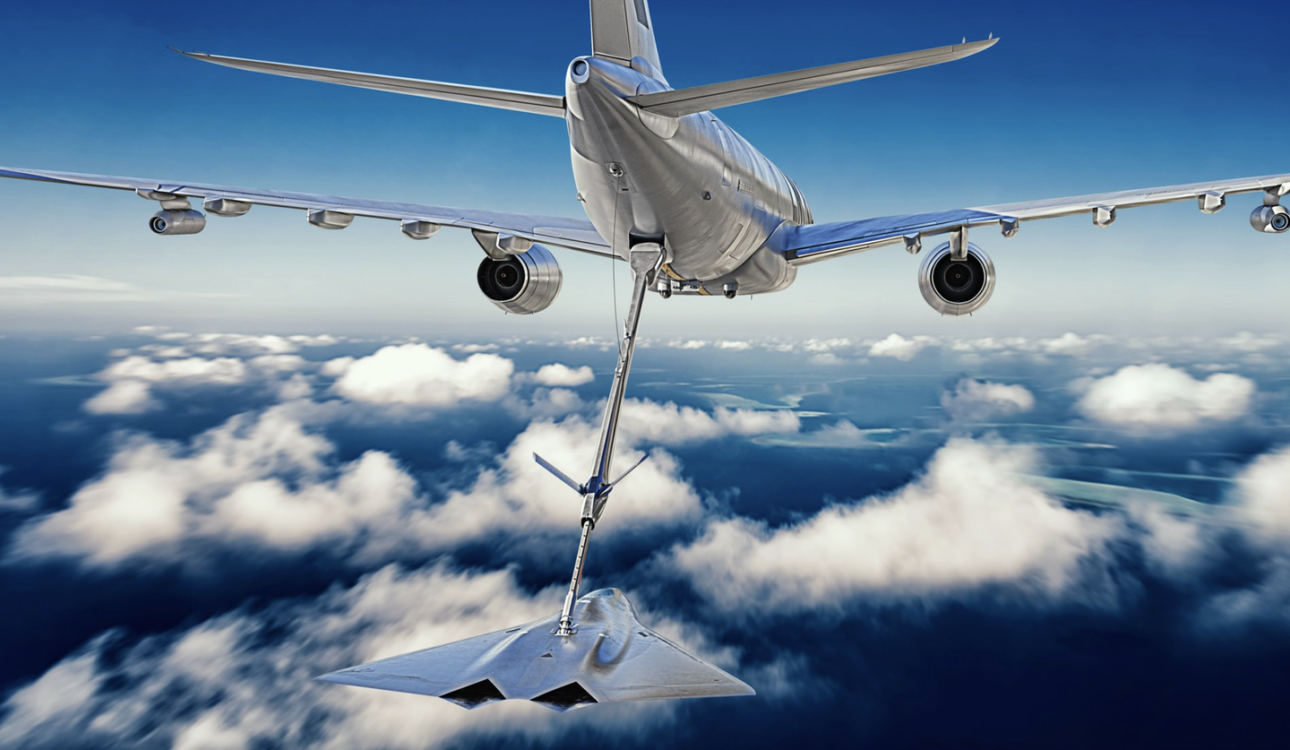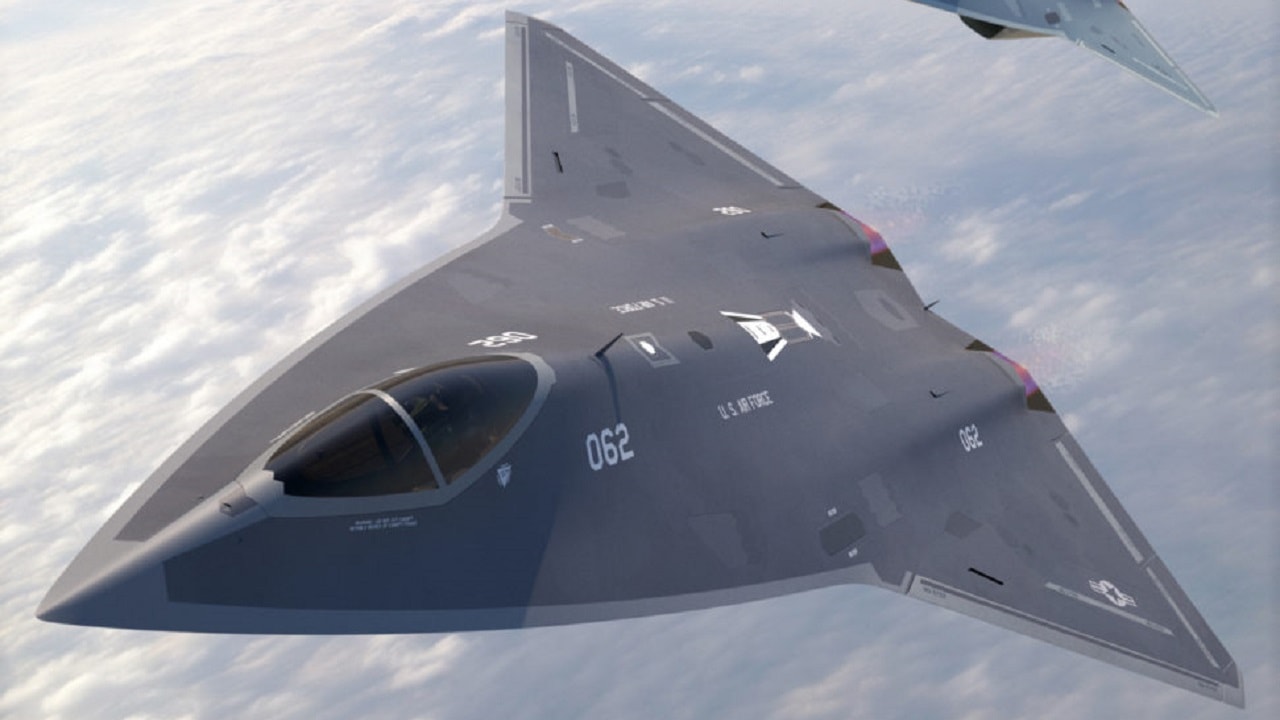Key Point: The U.S. Air Force’s Next-Generation Air Dominance (NGAD) fighter program, aimed at ensuring air superiority against advanced threats, faces delays due to cost concerns ($300M per jet) and design challenges.
-Air Force Secretary Frank Kendall supports a manned aircraft, but some leaders question the program’s direction.
-Integrating Collaborative Combat Aircraft (CCA) drones, stealth technologies, AI, and cyber warfare capabilities is vital for NGAD’s success.
-The program must replace the aging F-22 and adapt to future conflict environments.
-Timely progression to engineering and design phases is critical to avoid cancellation amid changing administrations and ensure U.S. dominance in 2030s air combat.
The NGAD Fighter Drama
The U.S. Air Force’s Next-Generation Air Dominance (NGAD) fighter program has already endured starts and stops.
The Air Force has high hopes for the 6th-generation jet, but it has been on “pause” due to design improbabilities and its high estimated cost, which has ballooned to an estimated $300 million each. Air Force acquisition honchos are trying to figure out the future of NGAD and what they want out of the newfangled airplane.
What is happening now? Will the NGAD higher ever come to fruition?
Here is what we know right now:
Air Superiority Is Needed First and Foremost
One aspect of this thinking is the need for the NGAD to show air superiority in complex and dangerous threat environments expected from China, Russia, North Korea, and Iran—all countries in which future conflict could arise. NGAD needs to be the best of the best, with a manned pilot or an unmanned remotely piloted version.
Air Force Secretary Wants NGAD to Be Manned
However, there is speculation about the future of NGAD since Air Force Secretary Frank Kendall put the breaks on further development until the branch has a better handle on it. Kendall said “we’re still going to do a sixth-generation, crewed aircraft.”
Still a Murky Future
Some other Air Force leaders have been ready to return to the drawing board with the NGAD. Vice Chief of Staff Gen. James C. Slife said at a defense conference last month “From a requirements perspective, what I would say is we’re going back and starting at the beginning with ‘What is the thing we’re trying to do?’” Slife said.

Image: Lockheed Martin.
“‘How do we achieve air superiority in a contested environment?’ would be one way to frame the question. A different way to frame the question would be, ‘How do we build a sixth-gen manned fighter platform?’ I mean, those are not necessarily the same questions.”
This commentary does not give me confidence. I get the air superiority bit, however, a top Air Force general is still unsure about the NGAD and that’s not promising.
What I Would Like to See From the NGAD
My inclination is that the NGAD should be manned by a two-person crew – one pilot and one weapons officer. It should also employ the “Loyal Wingman Concept” in which one or more combat or reconnaissance drones are tethered to the NGAD.
The Air Force has renamed this as the “Collaborative Combat Aircraft” or CCA.
Drone Teams for Air Dominance
The Air Force wants to invest $6 billion in the next four years on CCA drones. Air Force-Technology.com describes the CCA as “a system-of-systems approach with the next-generation fighter aircraft, weapons, sensors, networking and battle management systems to maintain air superiority in the coming decades.”
That sounds interesting and the CCA could be autonomous too which would meet the air superiority objective. The CCA also needs to be stealthy – equal to the radar evasion capability of the NGAD.
This also means both the CCA and NGAD would need next-generation stealth aerial refueling, which would keep an entire mission beyond the reach of enemy radar systems.
The Best in Artificial Intelligence and Cyber Warfare
The next thing I would like to see with the NGAD and CCA is the maximum use of artificial intelligence and machine learning as these technologies get better in the next ten years. Advanced cyber warfare capabilities would be nice. Also, NGAD and CCA need a new generation of weapons to match the leaps in AI/ML.
So, we have a long way to go with the NGAD and CCA. The Air Force should be concerned about the program’s goals and objectives.
However, something will have to replace the F-22. The NGAD and CCA need to move to the engineering, manufacturing, and design development phase soon.
NGAD will not be a traditional fighter so the whole concept of aerial combat needs to be re-imagined for the threat environment in the 2030s and beyond.
We will watch the development of the NGAD closely. The stakes are high, and the money, time, and resources expended have already been significant.
Let’s hope the program does not get cancelled in a new presidential administration and the Air Force can be thorough during its design and initial engineering phase and move the program from red to the green light.
About the Author: Dr. Brent M. Eastwood
Brent M. Eastwood, PhD, is the author of Don’t Turn Your Back On the World: a Conservative Foreign Policy and Humans, Machines, and Data: Future Trends in Warfare, plus two other books. Brent was the founder and CEO of a tech firm that predicted world events using artificial intelligence. He served as a legislative fellow for U.S. Senator Tim Scott and advised the senator on defense and foreign policy issues. He has taught at American University, George Washington University, and George Mason University. Brent is a former U.S. Army Infantry officer. He can be followed on X @BMEastwood.
Note: We have corrected an error in the title. We regret our mistake!

